Glaciers
Glaciers
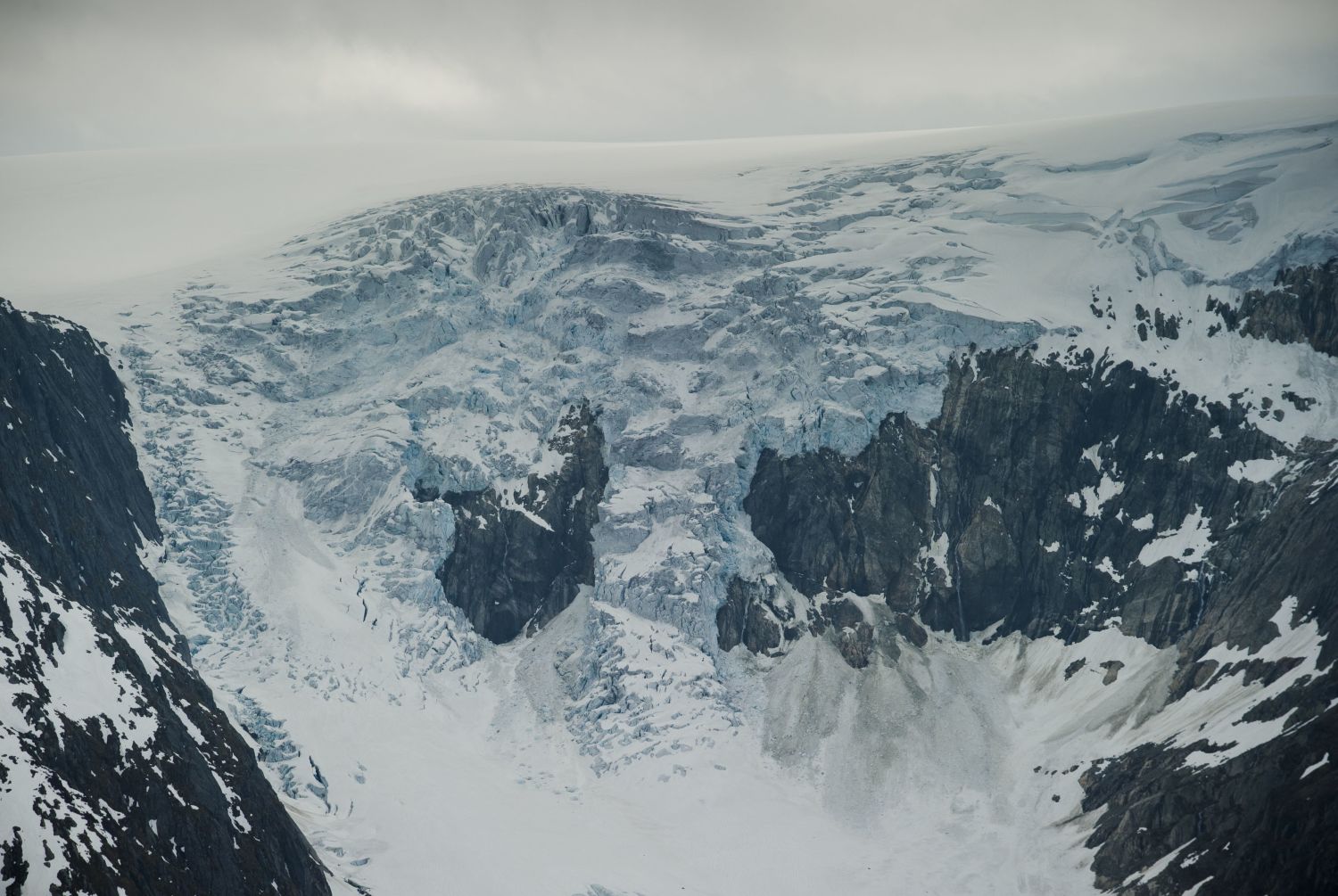
Glaciers usually move a few centimetres a day, but in Norway one arm of Svartisen has been measured at 1.25 metres a day.
About 10,000 years ago, Scandinavia was entirely covered by ice, but the oldest measured Norwegian ice was "only" 700 years old. There are around 1,600 glaciers in Norway. The largest is Jostedalsbreen in Western Norway. When sailing with Havila Voyages you can visit Svartisen, the largest glacier in Northern Scandinavia. Svartisen ("Black Ice") got its name not because it is so black, but because it is so blue! The deep blue colour of the ice contrasts with the fresh white snow drifts, and so the ice is called black ice.
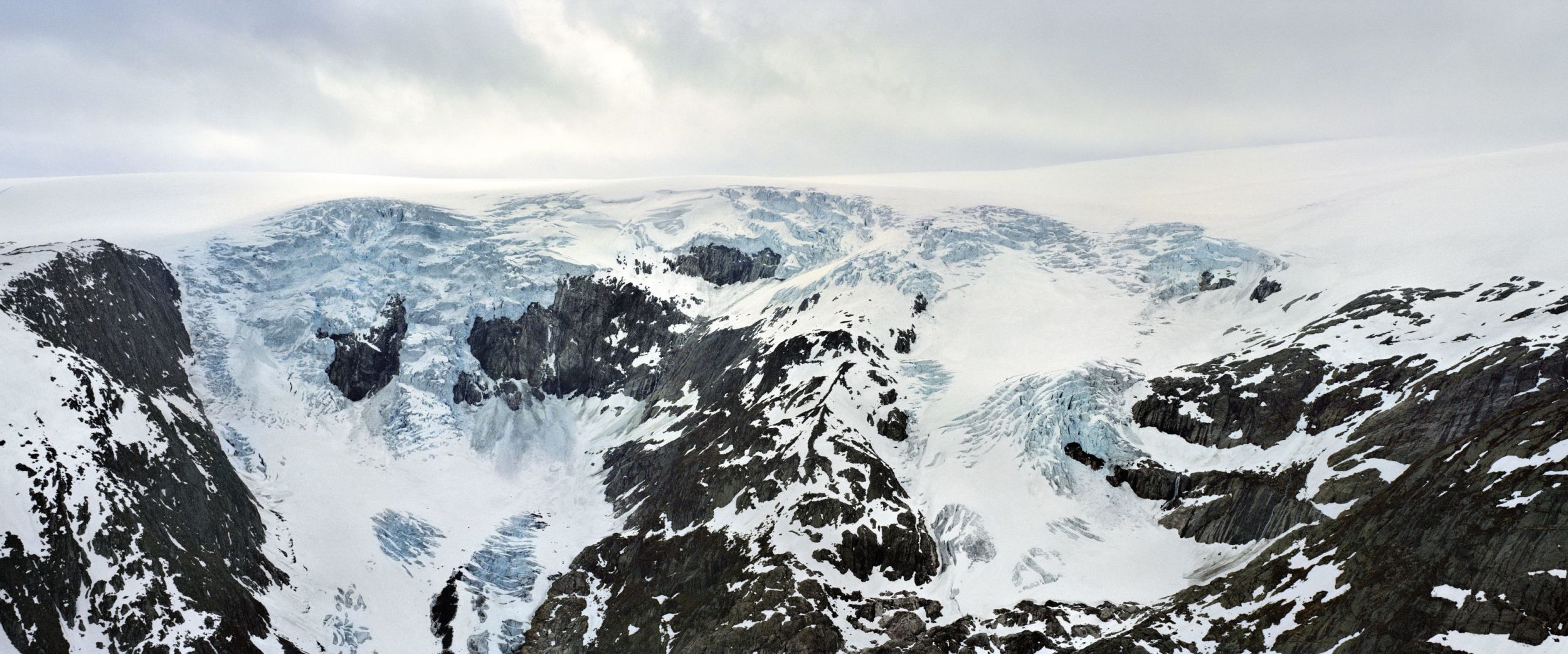
Our voyages
North- and southboundRound Voyage
Bergen → Kirkenes → Bergen
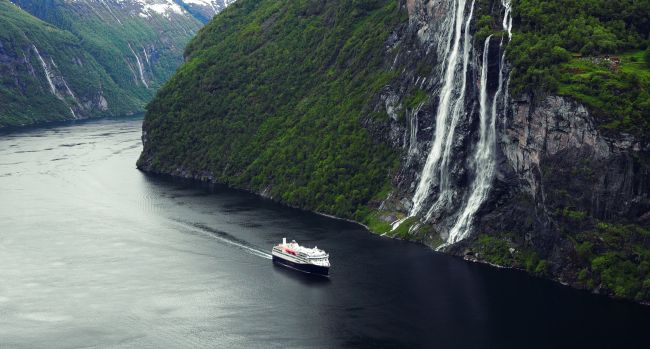
NorthboundVoyage North
Bergen → Kirkenes
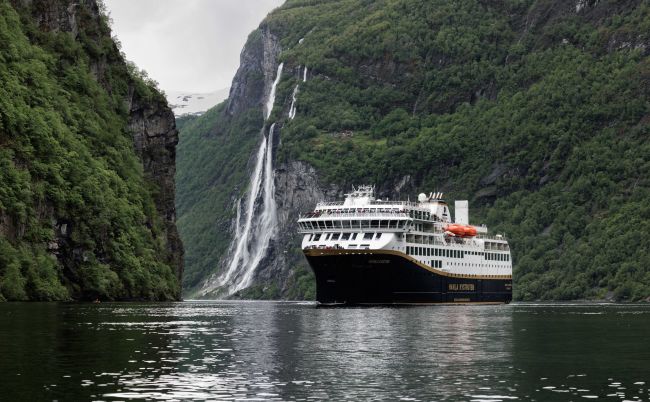
SouthboundVoyage South
Kirkenes → Bergen
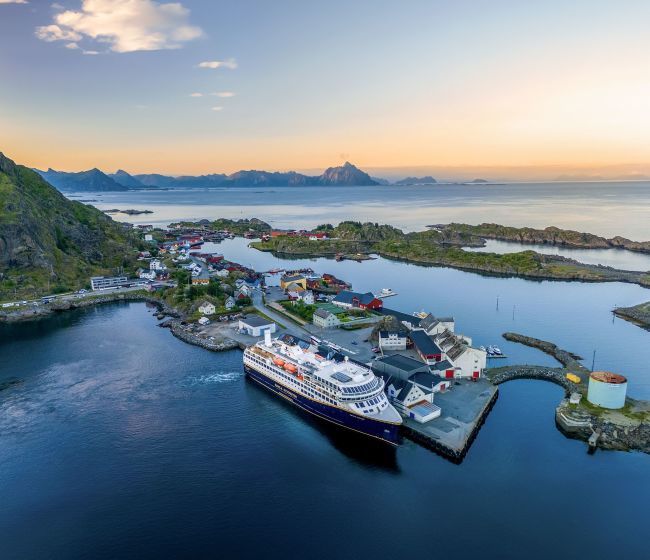
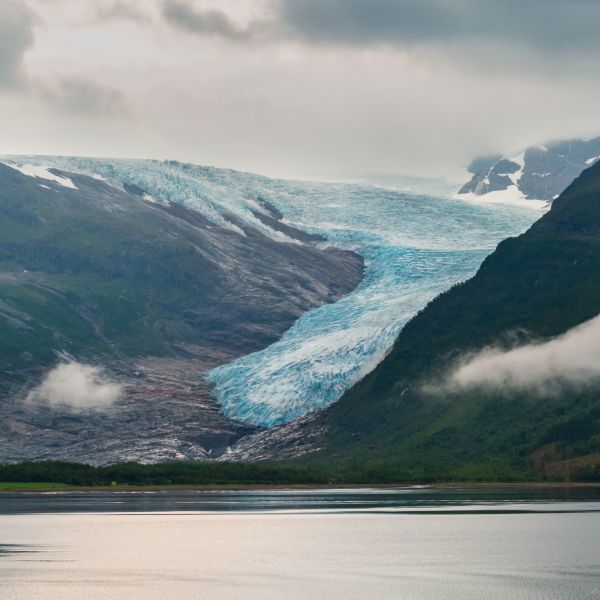
Svartisen
The Svartisen Glacier is northern Scandinavia's largest glacier. Svartisen ("Black Ice") got its name not because it is so black, but because it is so blue! The deep blue colour of the ice contrasts with the fresh white snow drifts, and so the ice is called black ice.
Each snowflake that does not melt during the summer combines with other snowflakes to eventually form a glacier.
The snow accumulates, thaws and melts, turns into ice and, under pressure, the ice becomes like plastic and as thick as toothpaste. It then begins its slow descent and extends its ice tongues forward and down into the landscape.
Glaciers usually slide forward by a few centimetres a day, but in Norway one arm of Svartisen has been measured at 1.25 metres a day. About 10,000 years ago, Scandinavia was entirely covered by ice, but the oldest measured Norwegian ice was "only" 700 years old. There are around 1,600 glaciers in Norway. The largest is Jostedalsbreen in Western Norway.
